Researchers have built a better picture of how complex molecules developed in the early Universe before becoming essential for life.


Researchers have built a better picture of how complex molecules developed in the early Universe before becoming essential for life.

New drug reverses fentanyl overdoses by targeting opioid receptors outside the brain, avoiding withdrawal caused by traditional treatments.

Scientists have developed a process to recycle carbon fiber into valuable chemicals with the help of fungi.
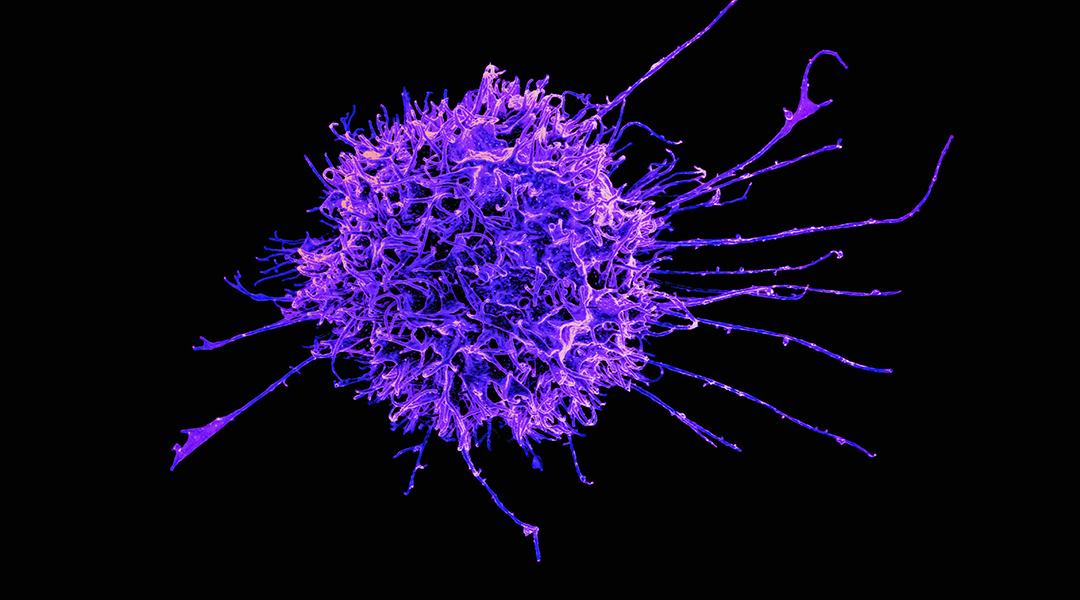
A new link between what cells feed on and their gene activity could have huge implications in cancer research and beyond.
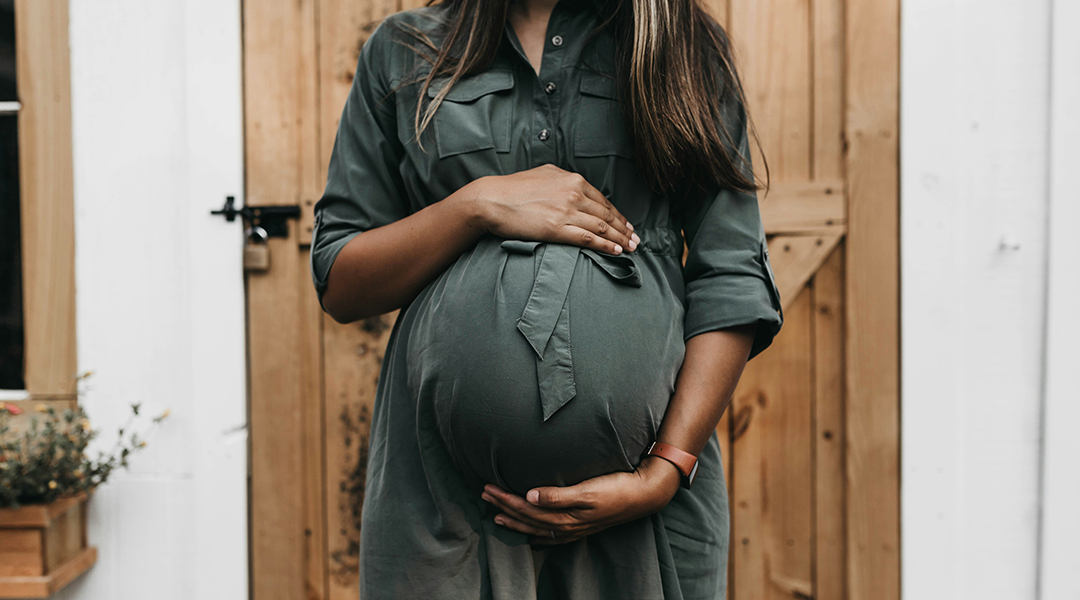
Scientists find unique combinations of oral microbes can help identify states of stress in pregnant individuals.

Scientists use cutting-edge techniques to study rare atomic systems called hypernuclei shedding light on subatomic forces and neutron stars.
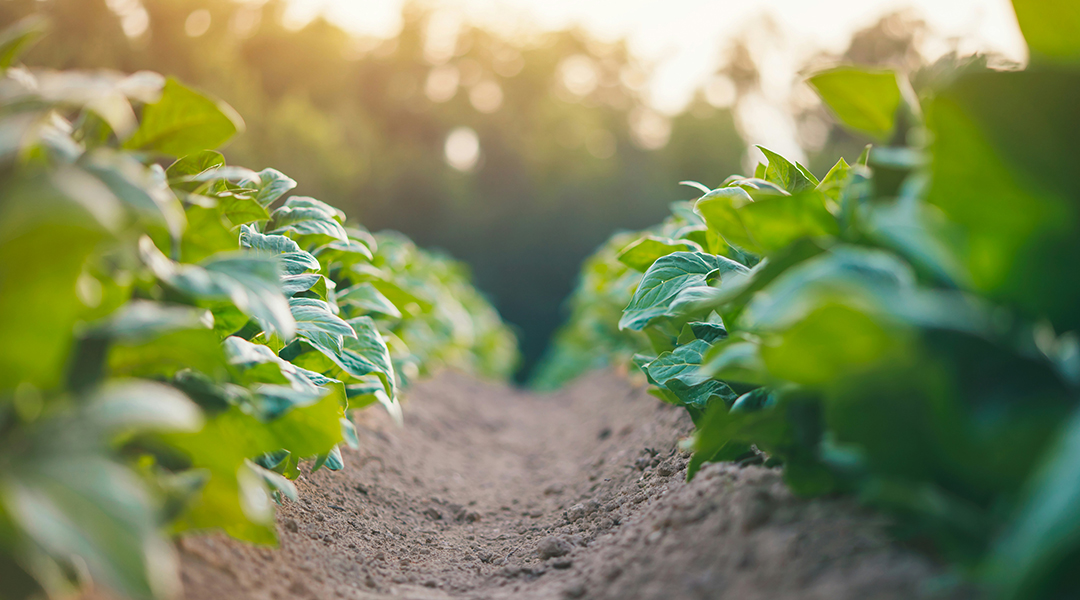
Scientists uncover the role of soil fungi in improving crop yields and balancing complex plant-pollinator interactions.
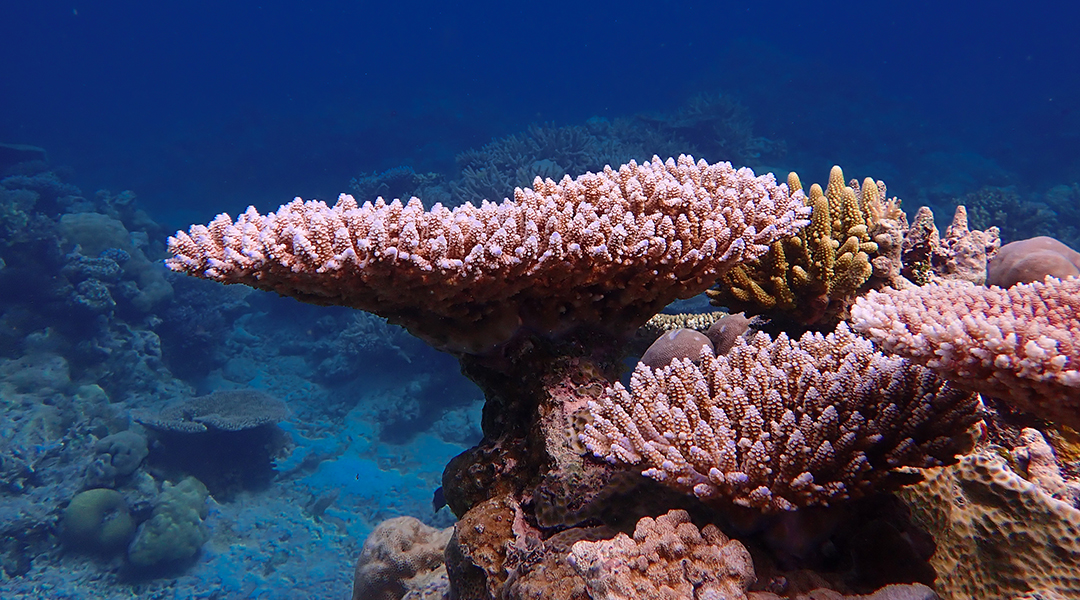
Scientists explore how corals could adapt to climate change to survive, but stress that cutting emissions is crucial for their future.
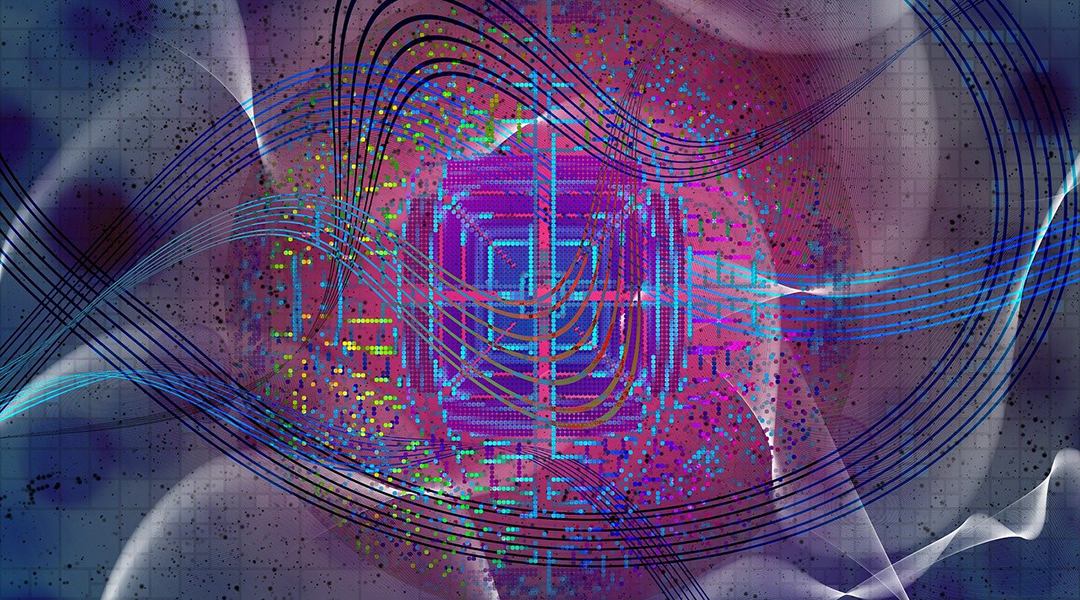
An antenna designed to create an optimized magnetic field puts electrons into the required quantum states for quantum sensing devices.
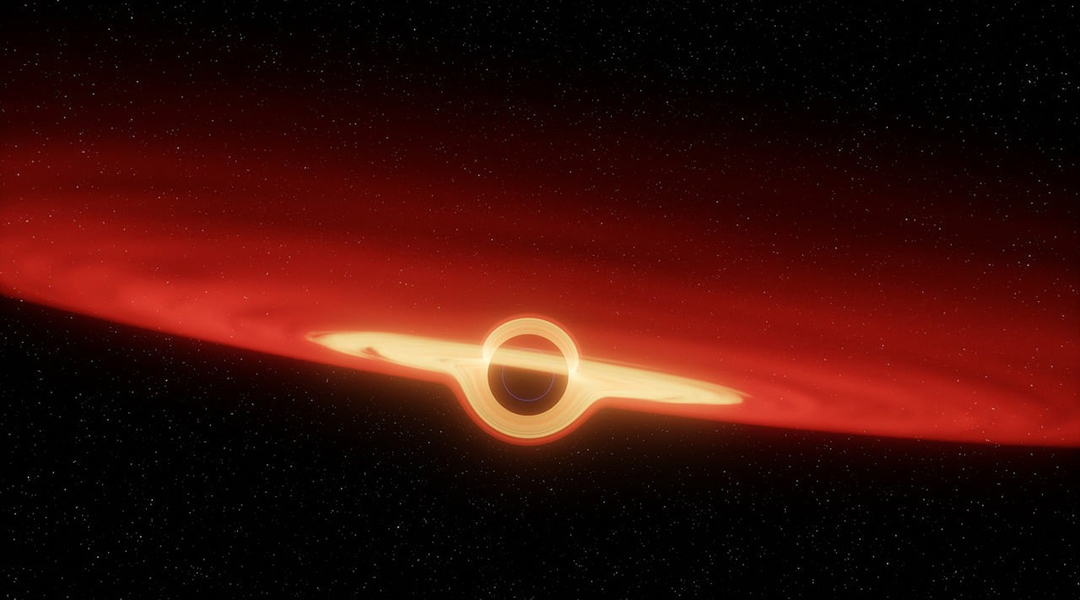
Small primordial black holes could have consumed the interiors of planets or asteroids, leaving their outer shells intact.